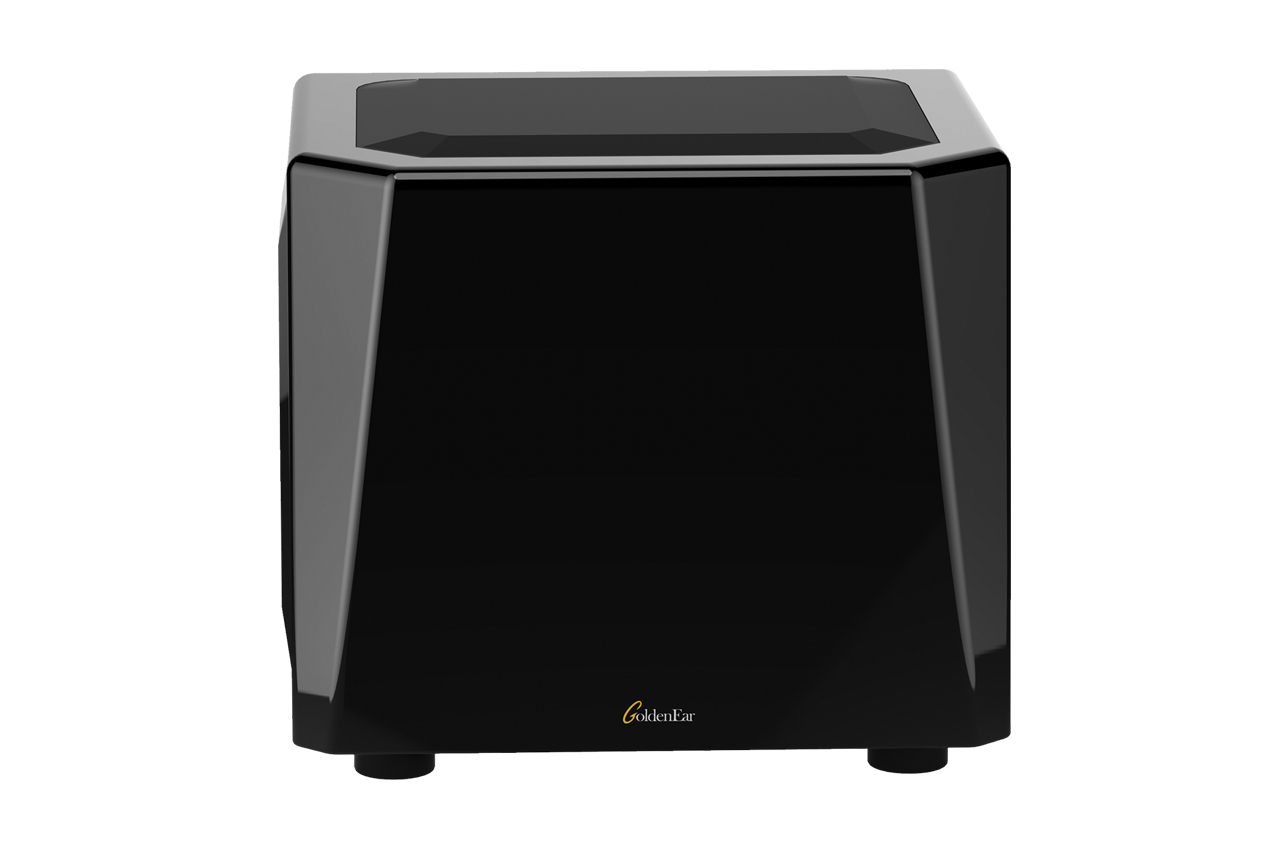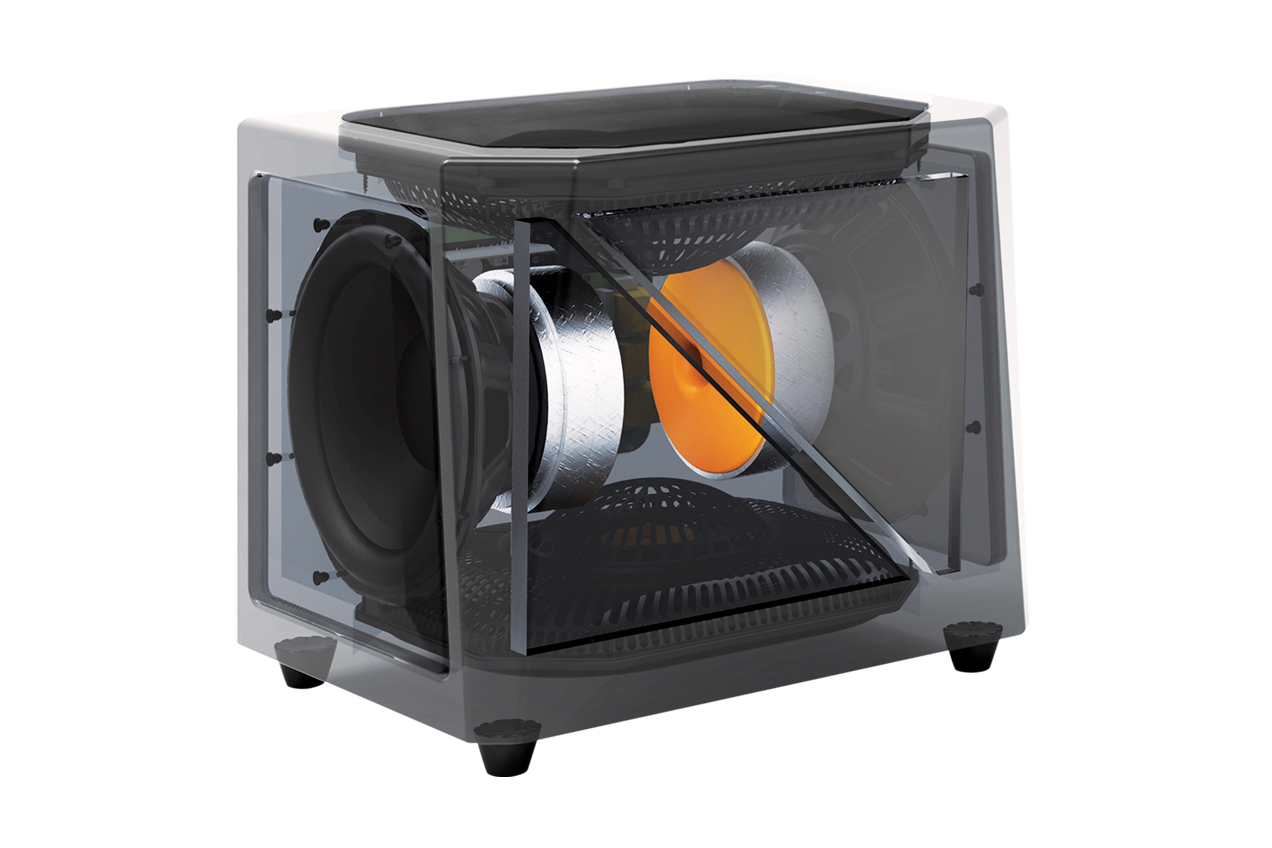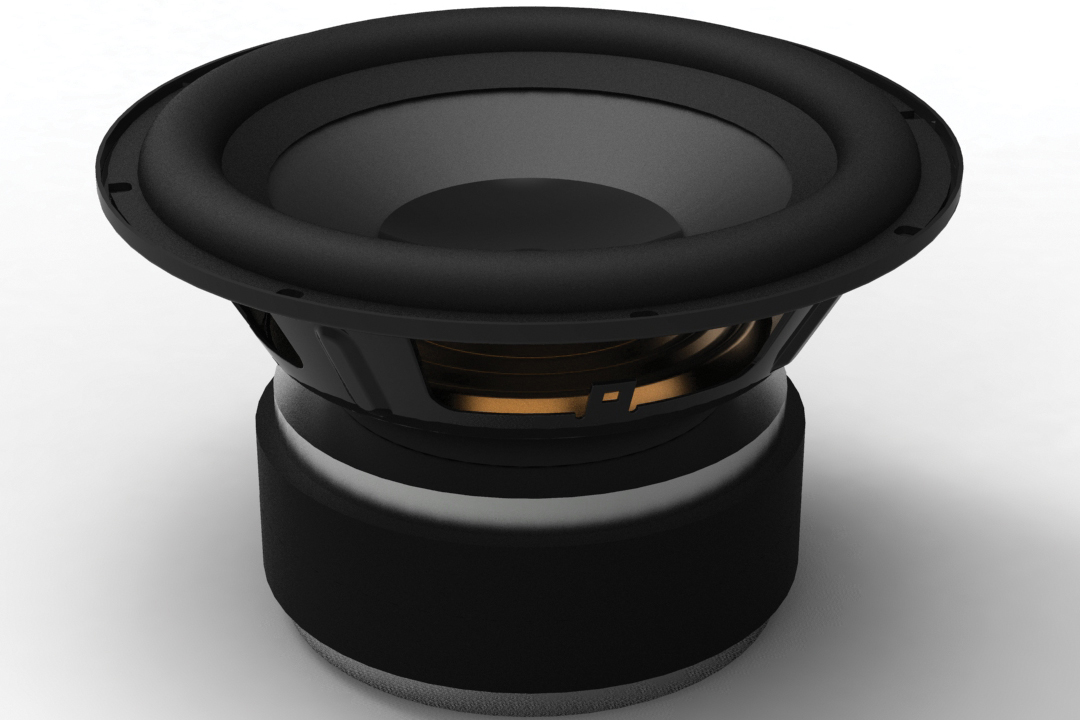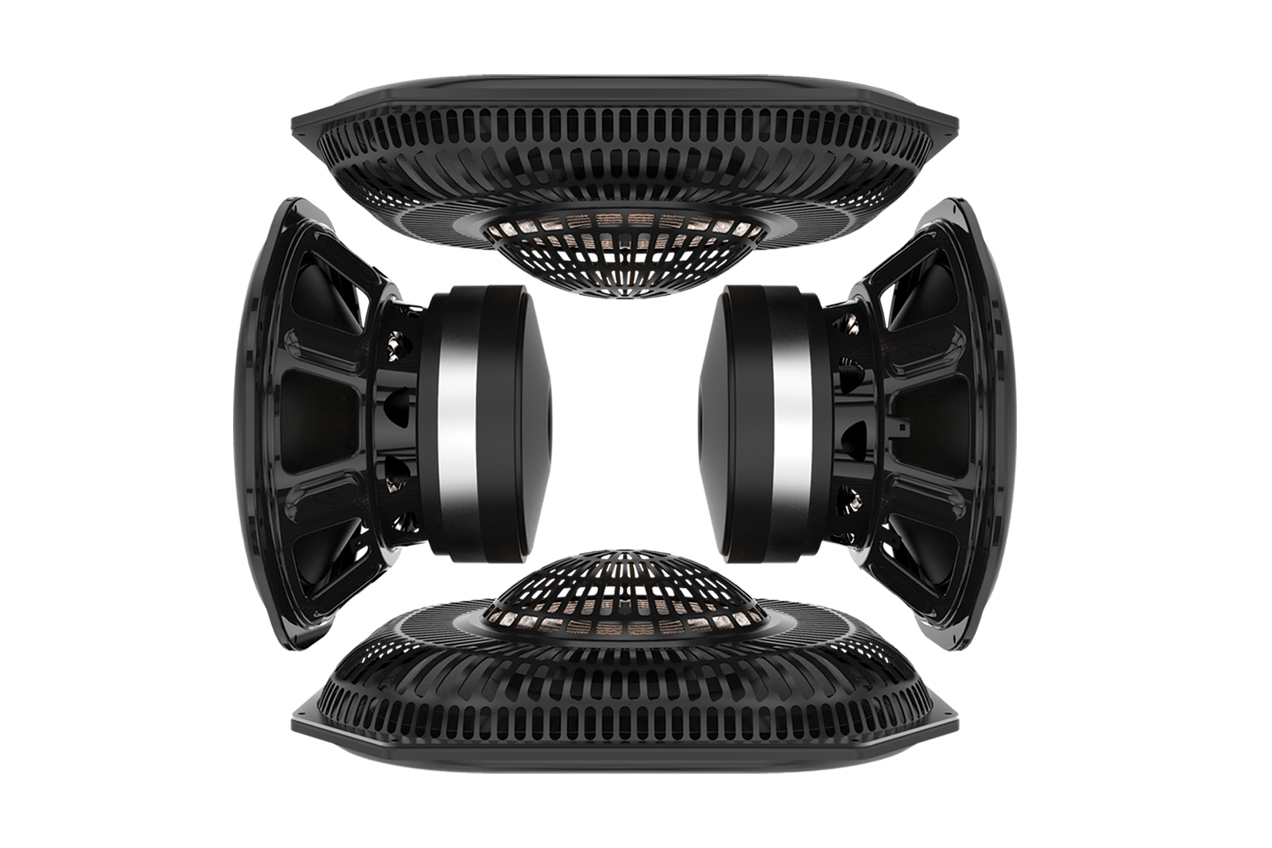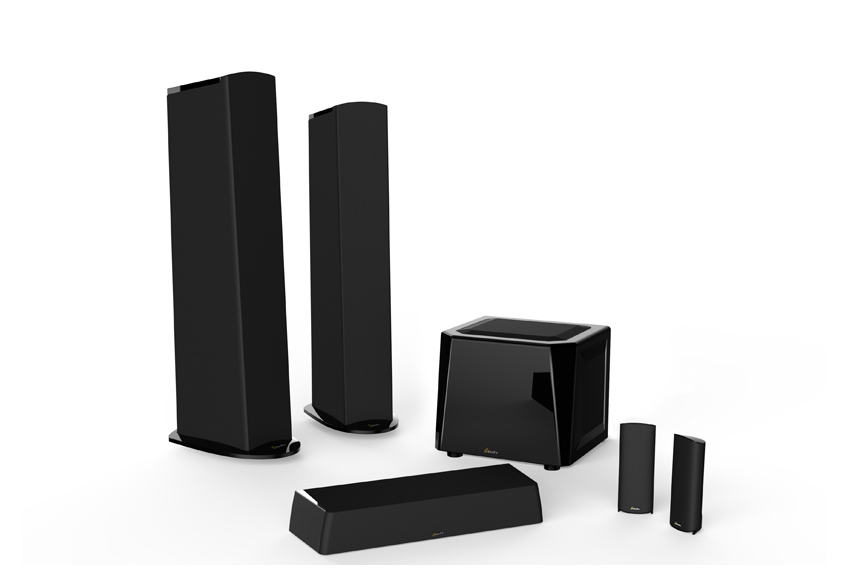Indeed, a subwoofer can be a brutish instrument designed to move massive amounts of air and, in the process, the listener as well. But a sub can also be measured, refined … dare we say. dignified? In fact, for some, a subwoofer’s ability to act more like a high-end speaker than a boombox is essential toward building a well-rounded system as proficient at delivering a highly musical experience as an explosive one. The only problem is, a sub that’s as articulate as it is bombastic is a tough find, indeed. Enter GoldenEar Technology’s SuperSub XXL.
The SuperSub XXL not only hit that low-low tone, but hit it with great gusto — so much, in fact that those in the room couldn’t keep from grinning.
Those familiar with GoldenEar Technology and its co-founder, Sandy Gross, know the company has been making waves in the high-end audio world by delivering extremely high-performance products that defy the price points typically associated with high-end gear — the Triton series speakers are among our all-time favorites. It’s also known that the company already makes a subwoofer lineup called ForceField, which fulfills the company’s value proposition in the bass department. The SuperSub series, however, is a little bit different — actually, it’s a lot different, because nobody has ever produced a subwoofer quite like it.
Gross tells us the SuperSub series was born of the desire to deliver big, muscular bass from a small subwoofer, and while that’s certainly not a new concept, how Gross and his team of engineers went about solving that riddle is both fresh and original. The SuperSub series employs two opposing active drivers, each placed at the sides of a sealed subwoofer cabinet, with extremely rigid passive radiators outfitted at the sub’s top and bottom. Such a design places bass transducers (speakers) in four different places within the room, which is an acoustical boon of sorts.
What’s more, the SuperSub series’ cabinet, or box, is as acoustically inert as you could hope. The reason many high-end speakers are so heavy (often 100 lbs or much greater) is that a lot of sheer mass paired with internal bracing is required to keep cabinetry from flexing, causing distortion. This challenge is even more difficult to overcome with subwoofers because the drivers inside them have to move massive amounts of air. Yet, with GoldenEar Technology’s SuperSub series, the cabinets remain so still you can place a nickel on its edge and blast the bass until the police cite you for a noise ordinance violation, but that nickel will remain dead still.
There’s plenty more engineering wizardry where that came from, and most of it has to do with the fact that the minds behind GoldenEar Technology have designed their own custom drivers for decades. Most importantly, that engineering translates into good sound. And, believe us, it translates very, very well.
We’ve tested some pretty incredible compact subs over the past few years, including the SVS SB13-Ultra, Martin Logan Dynamo 1000, and Paradigm Prestige 1000SW. All of those subs are outstanding in their own right, but none of them deliver the wholly satisfying experience the SuperSub XXL has given us … not on their own, anyway.
Both of our testing rooms make it tough to get smooth, even bass response at our listening position. Usually, there’s a big suckout right where we sit — a place where bass waves go to die (that’s not what is actually happening, but you get the idea). To combat this issue, we resort to using two subwoofers placed in different areas of the room to even things out and defeat that suckout zone, but the SuperSub XXL can do the job on its own, and do it exceptionally well.
It took us about 30 seconds to figure out the SuperSub XXL is absolutely worthy of its bombastic name. The entire opening sequence of Star Trek Into Darkness provides a great workout for any sub, thanks in no small part to the presence of a violently active volcano which Spock is hell-bent on rendering inert. But at a certain point in the sequence, just as Spock is about to deploy his magical volcano-fixing device, there’s a low frequency sweep that digs down so deep — about 23Hz — many subwoofers can’t reproduce it in a way that can be heard or felt. The SuperSub XXL not only hit that low-low tone, but hit it with great gusto — so much, in fact that those in the room couldn’t keep from grinning.
Later, as we listened to pianist Anna Federova’s treatment of the Rachmoninoff’ Piano Concerto No. 2, we were nearly led to tears. Nearly. The opening cadenza has Federova approaching quietly, but building quickly, with a low ostinato note providing an increasingly intense foundation for the piece’s harmonic structure. Things get pretty loud and harsh before they calm down, and in those first few moments, a subwoofer tasked with filling in the lower octaves produced by the piano will quickly show its worth — or lack of it. The SuperSub XXL was so musical and lightning quick in its treatment of this demanding passage, we were taken aback.
We’re not sure if we’re more impressed with the quality of the SuperSub XXL’s performance, or the fact that it does the job of two or three subwoofers all on its own. It is brutally powerful, remarkably balanced, surprisingly agile, and very versatile — one moment it’s punching you in the gut, the next, soothing your soul. But none of that means anything if you can’t hear it in your room, and in our experience, the SuperSub XXL excelled at just that.
You can order a SuperSub XXL for $2,000 at any of its dealers across the country.

